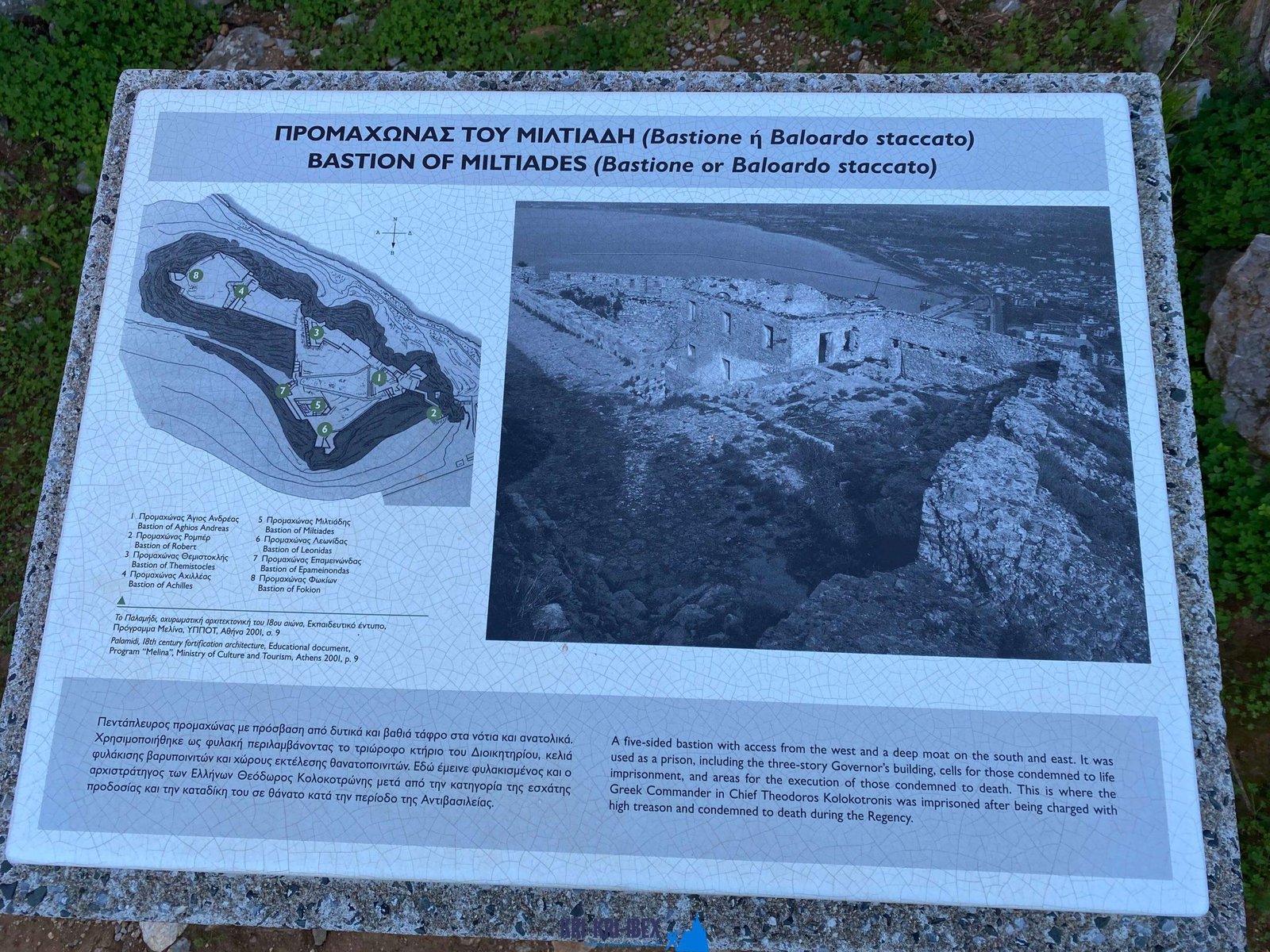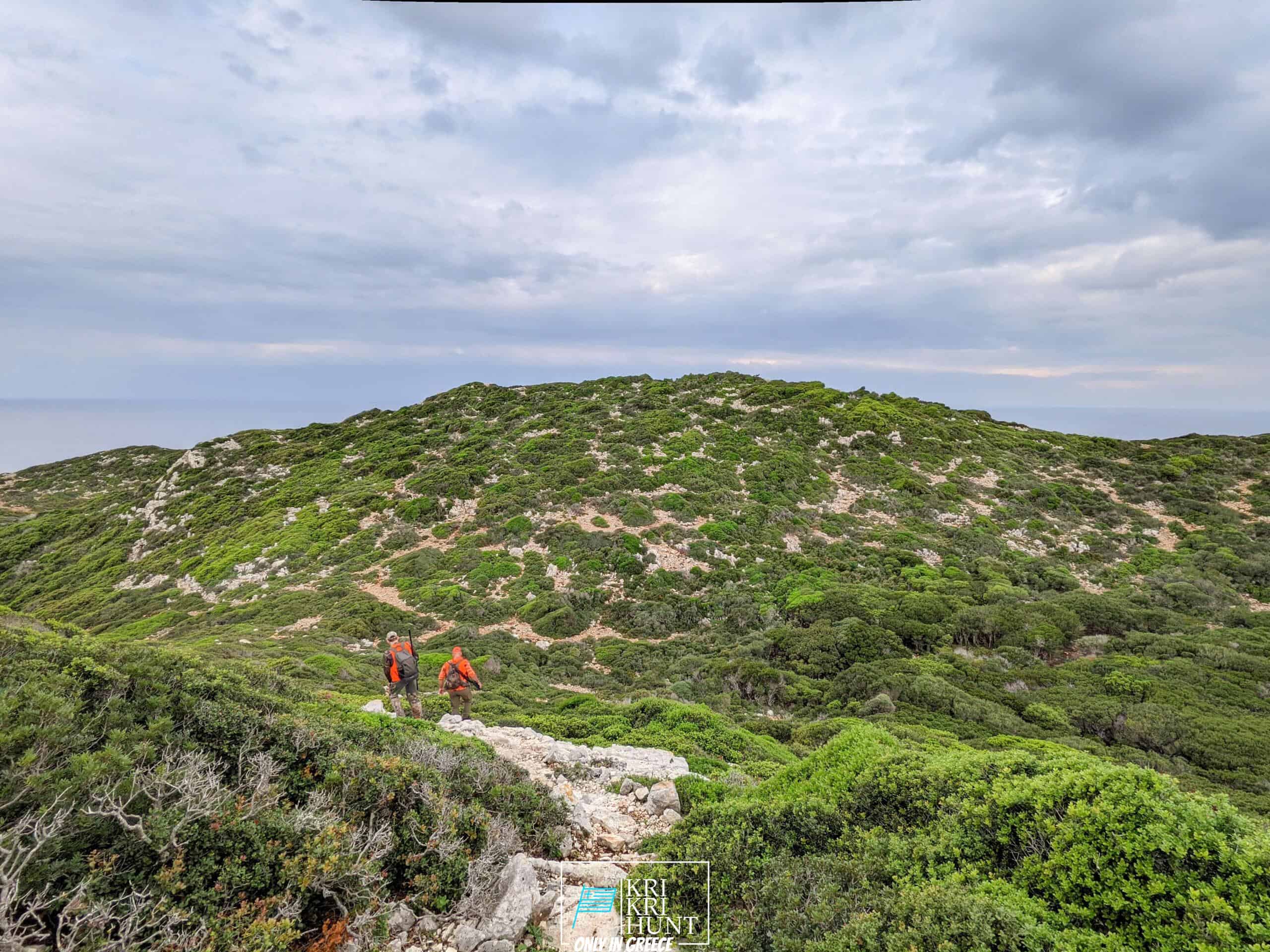
The Kri Kri ibex hunt in Greece is an amazing searching holiday as well as an amazing searching expedition all rolled right into one. Hunting for Kri Kri ibex is a miserable experience for most of hunters, but not for me! It's an incredible hunt for a lovely Kri Kri ibex on an unique island as we tour ancient Greece, dive to shipwrecks, and also search throughout five days. What else would you like?

Searching Kri-kri Ibex on Sapientza island can be a challenging and challenging job. The terrain is sturdy, with sharp, jagged rocks that can conveniently leave you shoeless after only 2 journeys. Furthermore, firing a shotgun without optics can be fairly tough. However, the hunt is absolutely worth it for the chance to collect among these marvelous creatures.
Our exterior searching, fishing, and also cost-free diving tours are the excellent means to see everything that Peloponnese has to provide. These scenic tours are designed for tourists that wish to get off the beaten path as well as actually experience all that this amazing region needs to offer. You'll get to go hunting in a few of one of the most gorgeous wilderness areas in Greece, fish in crystal-clear waters for a range of different varieties, and cost-free dive in several of one of the most stunning coast in the Mediterranean. And also most importantly, our experienced overviews will certainly exist with you every step of the way to ensure that you have a pleasurable and risk-free experience.
Experience 'Real' Greece with Our Peloponnese Tours. If you're looking for a genuine Greek experience, look no more than our Peloponnese trips. From old ruins as well as castles to tasty food and also a glass of wine, we'll show you everything that this amazing region has to use. What are you waiting for? Book your trip today! Your Kri Kri ibex searching in Greece is here!
What is the diference between Kri Kri ibex, Bezoar ibex and hybrid ibex
The kri-kri is not thought to be indigenous to Crete, most likely having been imported to the island during the time of the Minoan civilization. Nevertheless, it is found nowhere else and is therefore endemic to Crete. It was common throughout the Aegean but the peaks of the 8,000 ft (2,400 m) White Mountains of Western Crete are their last strongholds–particularly a series of almost vertical 3,000 ft (900 m) cliffs called ‘the Untrodden’—at the head of the Samaria Gorge. This mountain range, which hosts another 14 endemic animal species, is protected as a UNESCO Biosphere Reserve. In total, their range extends to the White Mountains, the Samaria National Forest and the islets of Dia, Thodorou, and Agii Pandes.
This Ibex is NOT a diminutive form of the Bezoar Ibex, which has migrated into the western-most reach of the range of this species. The kri – kri (Capra aegagrus cretica), sometimes called the Cretan goat, Agrimi, or Cretan Ibex, is a feral goat inhabiting the Eastern Mediterranean, previously considered a subspecies of wild goat. The kri-kri has a light brownish coat with a darker band around its neck. It has two horns that sweep back from the head. In the wild they are shy and avoid tourists, resting during the day. The animal can leap some distance or climb seemingly sheer cliffs.
“The agrimi goat Capra aegagrus cretica is unique to Crete and its offshore islands. It has been identi®ed as a sub-species of the wild bezoar goat Capra aegagrus aegagrus Erxleben, 1777, which it closely resembles in horn shape, body form and coloration. This classi®cation has been disputed by some researchers who claim that the agrimi are feral goats, derived from early domestic stock brought to the island by the ®rst Neolithic settlers. In order to clarify this issue, DNA analyses (cytochrome b and D loop sequences) were carried out on tissue of live and skeletonized agrimi and compared to sequences of wild and domestic caprines. Results conclusively show the agrimi to be a feral animal, that clades with domestic goats (Capra hircus) rather than with wild Asiatic bezoar. This study demonstrates that morphometric criteria do not necessarily re¯ect genetic af®nities, and that the taxonomic classi®cation of agrimi should be revised.”